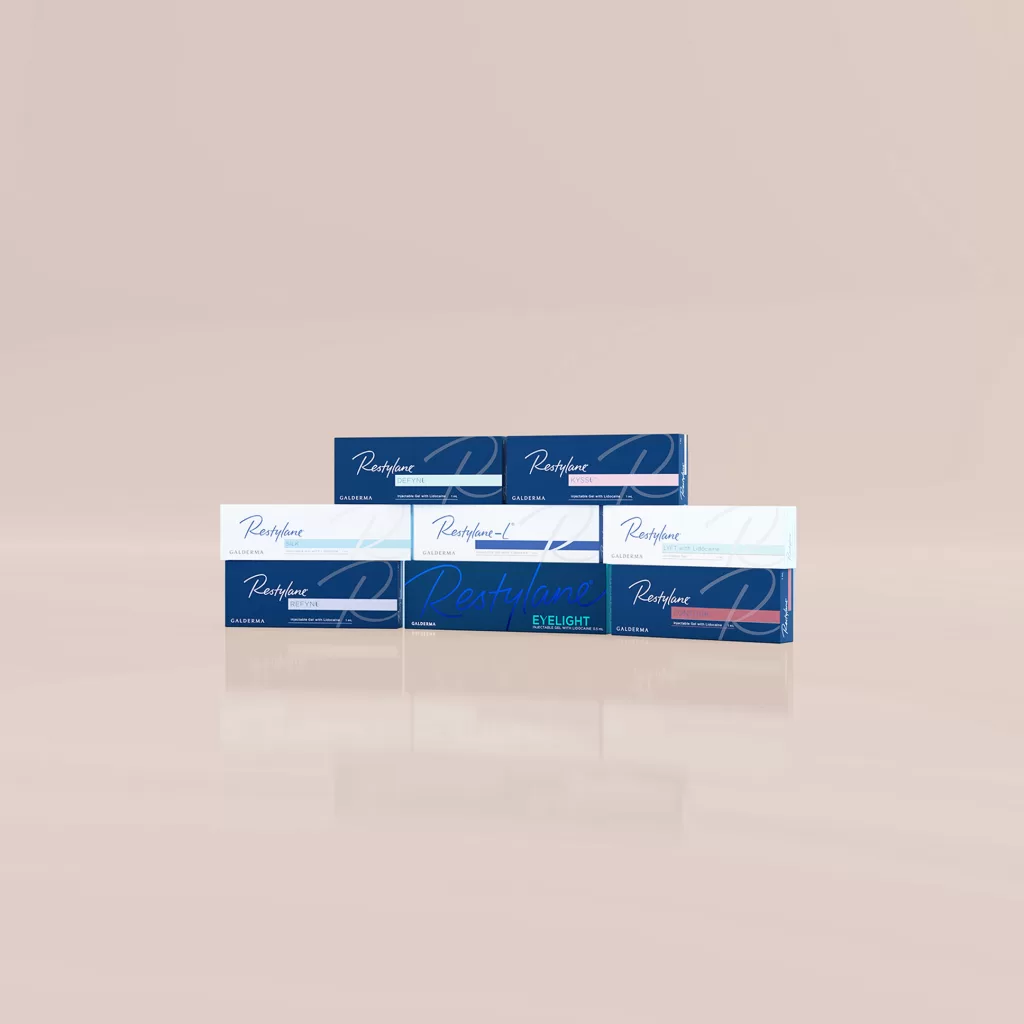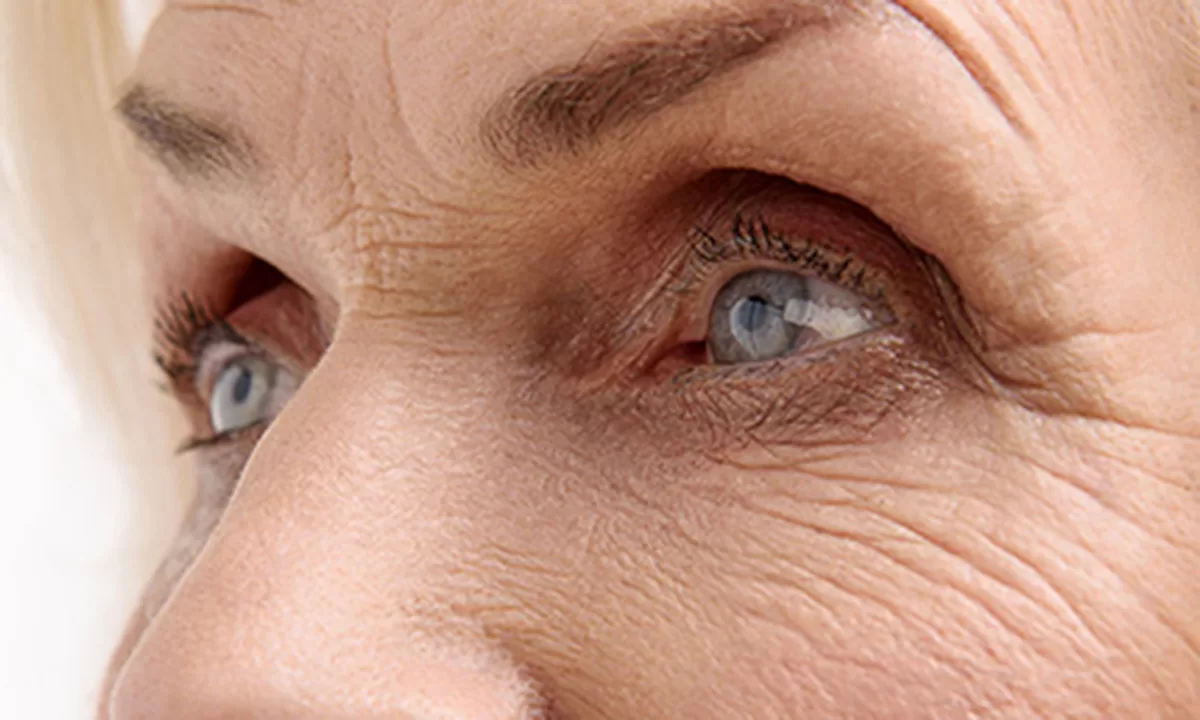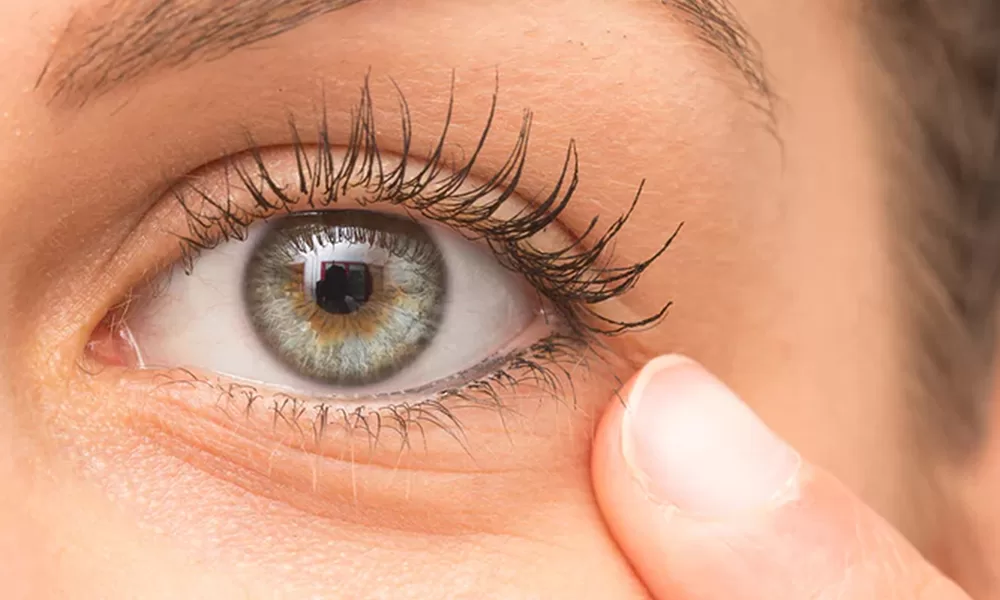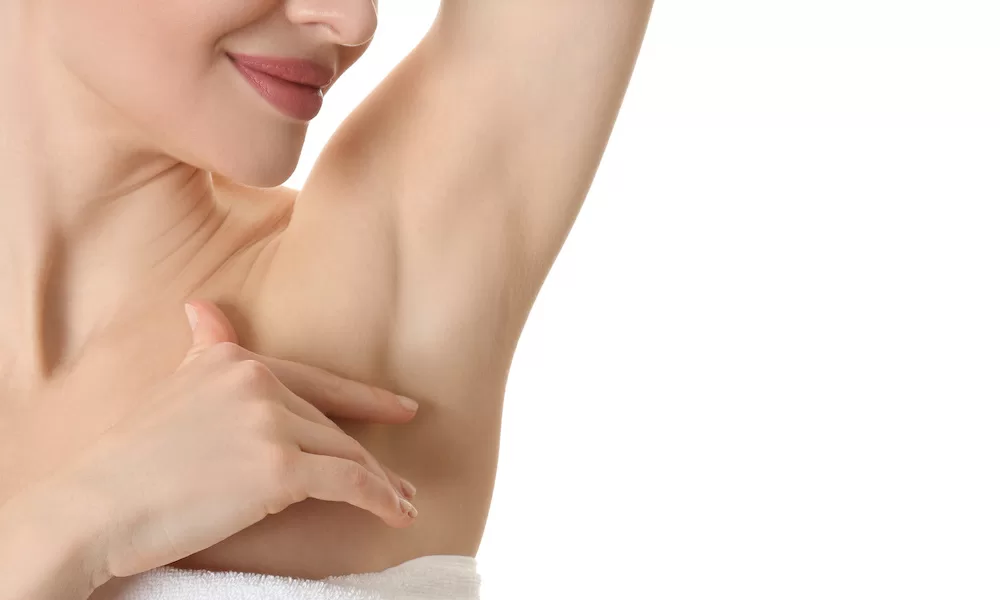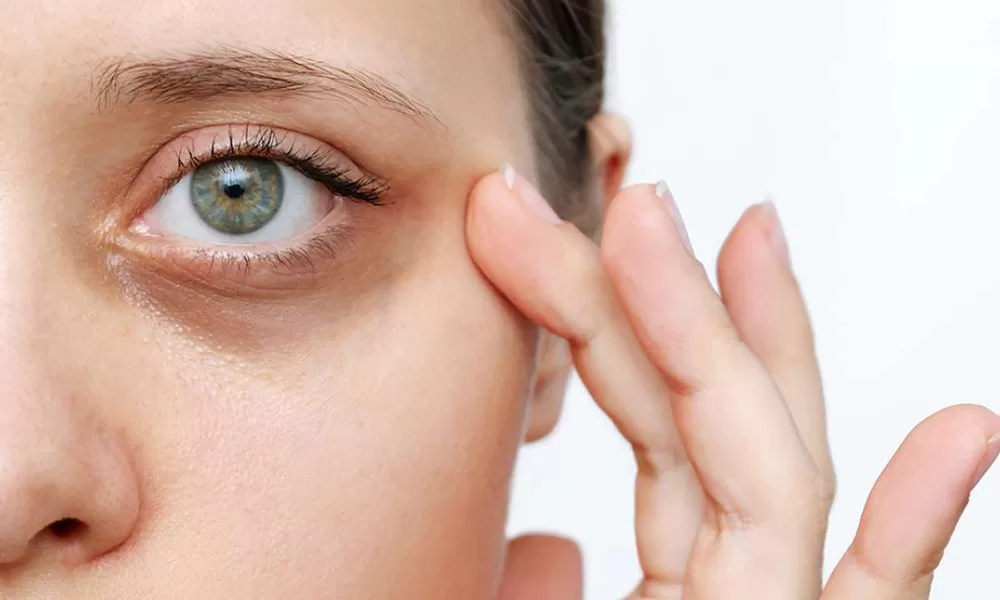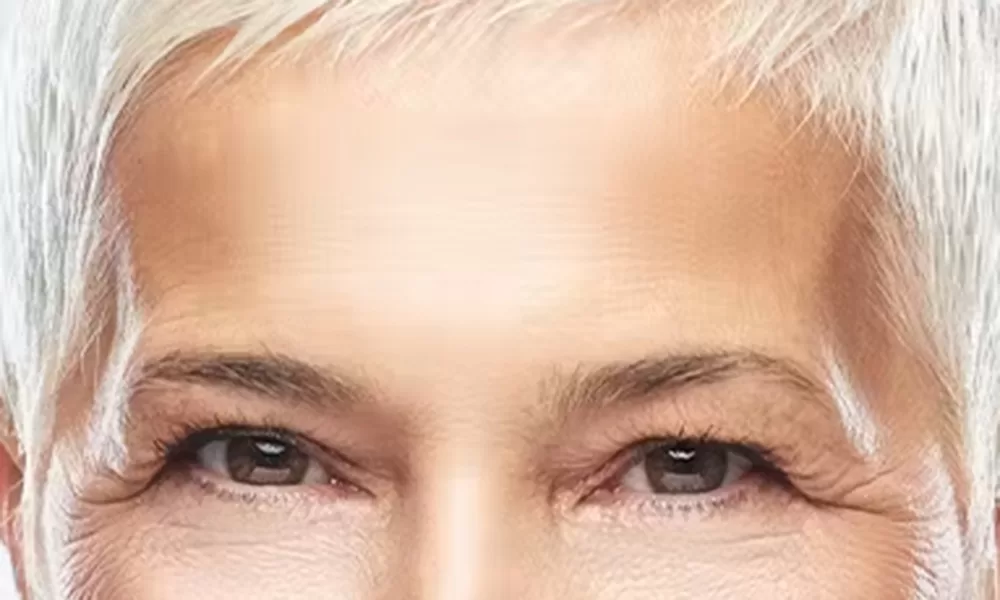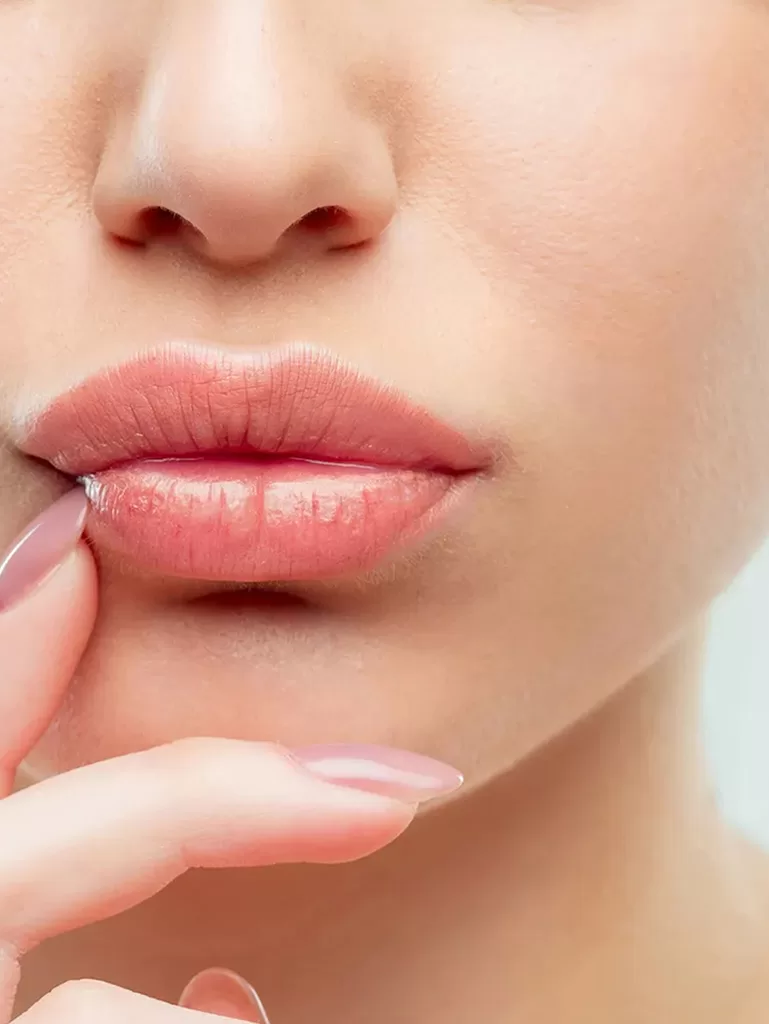High cheekbones are one of the most highly desirable facial features among both women and men. If you lack celebrity-worthy cheekbones, you’re not alone. People looking for how to get high or defined cheekbones spend millions on products, treatments, and surgery every year.
While most methods fall short of delivering substantial results, cheek filler stands out as a non-surgical solution capable of providing lasting definition and contour. Here we explain what causes flat, low, or undefined cheekbones, and break down your treatment options.
What Are Cheekbones and Where Are They Located?
Cheekbones, scientifically known as the zygomatic bones, reside just below the eye sockets and play a pivotal role in the human skull structure. These bones protrude from the face, forming the contours of the cheeks in collaboration with the skin and cheek muscles. Functionally, they aid in retaining food within the mouth during chewing and contribute to facial expressions and speech.
With aging, cheekbones tend to become more prominent due to diminishing facial fat and the effects of gravity pulling the skin downward. Additionally, bone loss in the nasal and cheek regions is a natural part of the aging process. The visibility of cheekbones can also be influenced by factors like body weight, with more facial fat diminishing their prominence. Lifestyle choices such as smoking and drug use can further impact facial fat distribution.
Determining whether one has high or low cheekbones can be done by observing them in the mirror. If the ends of your fingers align with your nostrils when touching your cheekbones, they are considered low. Conversely, if they align with the top part of your nose or are closer to your eyes, you likely have high cheekbones.
It’s important to recognize that there’s no universal standard for ideal cheekbone height. Beauty ideals vary across cultures, and attractiveness is subjective. What’s considered appealing often depends on personal preferences, cultural norms, and individual facial features.
High Cheekbones vs Low Cheekbones: What’s the Difference?
The placement of your cheekbones, whether elevated or lower, is predominantly dictated by your genetic makeup and ethnic heritage. Gender can also play a role, with men typically having higher-set cheekbones than women. However, it’s important to note that the elevation of your cheekbones doesn’t impact their functionality; it primarily contributes to the overall aesthetic of your face. So, what exactly makes elevated cheekbones more attractive to certain individuals?
High Cheekbones
Individuals with elevated cheekbones typically exhibit the widest part of their face just beneath their eyes. These pronounced cheekbones are readily noticeable and are often associated with attractiveness.
In men, prominent cheekbones, in conjunction with a robust jawline and striking “hunter eyes,” are thought to contribute to a masculine and assured appearance. Male celebrities with prominent cheekbones are frequently regarded as exceptionally handsome.
Similarly, in women, elevated cheekbones are considered appealing, particularly when paired with symmetrical facial features. As individuals age, high cheekbones can lend a distinct appearance to the face, as the skin may adhere more gracefully to the raised bones when affected by gravity over time.
Low Cheekbones
Conversely, individuals with low cheekbones may perceive their cheeks as lacking in definition, with the broadest part of their face typically aligning with their nostrils. Some may even speculate that those with low cheekbones exhibit traits of being more reserved or introverted, preferring solitude over lively interactions. However, such assumptions are merely stereotypes and do not universally apply.
The preference for high cheekbones may stem from cultural standards of beauty and perceptions of strength or elegance in facial structure. Elevated cheekbones can impart a sculpted appearance to the face, which many find appealing. Influences from celebrity culture, media portrayals, and fashion trends likely contribute to shaping these preferences.
How Does Cheekbone Position Change As We Age?
As individuals age, the appearance and perceived prominence of cheekbones undergo a notable transformation, though the bones themselves remain stationary. This alteration in the appearance of cheekbones from a more elevated to a seemingly lower position is attributed to a myriad of aging-related factors, each contributing to the overall facial contour changes experienced over time.
One of the primary contributors to these changes is the loss of skin elasticity. Over the years, the skin begins to lose its vital proteins, such as elastin and collagen, which are crucial for maintaining the skin’s firmness and elasticity. This reduction in skin integrity means that it can no longer snugly adhere to the cheekbones’ contours. Consequently, this leads to the cheeks appearing more recessed or sunken, impacting the once pronounced high cheekbones.
Additionally, the process of aging affects the distribution and density of facial fat. There is a natural reduction and downward shift in the fat situated beneath the facial skin, which directly impacts the volume surrounding the cheekbones, making them appear less defined. This loss of volume contributes to the illusion of the cheekbones sitting lower on the face than they might have in one’s youth.
Muscle tone in the face also diminishes with age, further influencing the facial structure’s definition. A decrease in facial muscle tone can lead to a less defined appearance, with features such as the cheekbones becoming less distinct. This reduction in muscle definition can make the cheekbones appear to recede.
Moreover, changes in bone density can affect the facial skeleton, including the cheekbones. A decrease in facial bone density can lead to a less pronounced cheekbone appearance and, in some cases, asymmetry between the cheekbones. This change in bone density can contribute to the overall perception of cheekbones appearing lower and less prominent than in earlier years.
Non-Surgical Options for Defined Cheekbones: Cheek Fillers
If you’re considering enhancing your cheekbones without surgery, cheek fillers offer a non-invasive option worth exploring. Here’s a brief overview of this cosmetic treatment:
What are Cheek Fillers?
Cheek fillers are a popular non-surgical cosmetic procedure aimed at adding volume and definition to the cheeks. They are designed to restore lost volume and create a more pronounced appearance in the cheekbones, contributing to a youthful look.
How do Cheek Fillers work?
Typically composed of hyaluronic acid, a naturally occurring sugar molecule in the body, cheek fillers are administered via injections. The soft injectable gel adds volume to targeted areas, enhancing cheek contours and rejuvenating facial appearance.
Enhance Structure and Shape
Modern fillers have reached remarkable levels of effectiveness, with specialized products like JUVÉDERM® VOLUMA™ and Restylane® Lyft designed specifically for cheek enhancement. These formulations contain a thicker hyaluronic acid gel, providing enhanced durability and structural support to accentuate the cheekbones.
Restore Lost Volume to Sagging Cheeks
If you’ve noticed a loss of volume or definition in your cheeks, fillers offer a solution to restore youthful fullness. At Direct Aesthetics, we frequently incorporate this into our Midface Rejuvenation procedure, targeting areas surrounding the cheekbones, such as nasolabial folds, under-eye bags, and circles, for comprehensive facial enhancement.
Slim Bottom Heavy Cheeks With BOTOX
If excessive fullness in the lower face is diminishing the prominence of your cheekbones, it could be attributed to hypertrophied chewing muscles. Our BOTOX® for Masseter & Jaw treatment package effectively addresses this concern by slimming the lower face, complementing cheek filler treatments to enhance the appearance of prominent cheekbones.
Benefits of Cheek Fillers:
- Non-Invasive Option: Ideal for individuals seeking to avoid surgical procedures, offering a faster and often more cost-effective solution.
- Natural-Looking Enhancement: Hyaluronic acid fillers seamlessly integrate with the body’s tissues, delivering results that appear natural.
- Personalized Treatment: The quantity and placement of the filler can be customized to match individual preferences, ensuring personalized and tailored outcomes.
How long do Cheek Fillers last?
A frequent inquiry regarding cheek fillers pertains to their longevity. Typically, the duration of results ranges from 6 months to 2 years, varying depending on individual factors such as the type of filler utilized, the individual’s metabolism, and the rate at which the body metabolizes the filler.
Considerations and Consultation:
- Professional Expertise: Our team at Direct Aesthetics consists of qualified and licensed providers who offer expert administration of cheek filler treatments. With extensive experience, we prioritize safety and aim for optimal outcomes.
- Addressing Potential Side Effects: While cheek fillers are generally safe, they may cause temporary side effects like swelling, bruising, or discomfort at the injection site. Before treatment, our healthcare providers thoroughly discuss these potential effects with you.
- Sustaining Results: To maintain your desired aesthetic outcome, Direct Aesthetics offers ongoing maintenance treatments tailored to your individual needs. Depending on the duration of filler results for each person, periodic touch-up sessions may be recommended.


